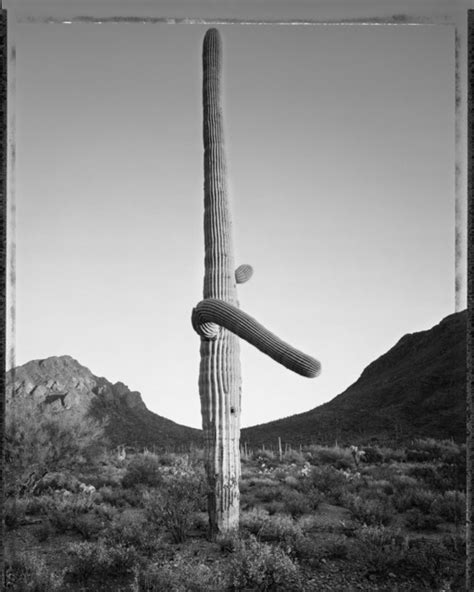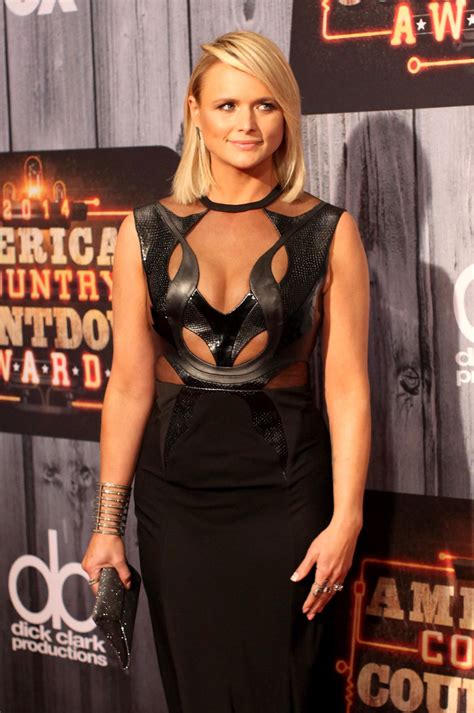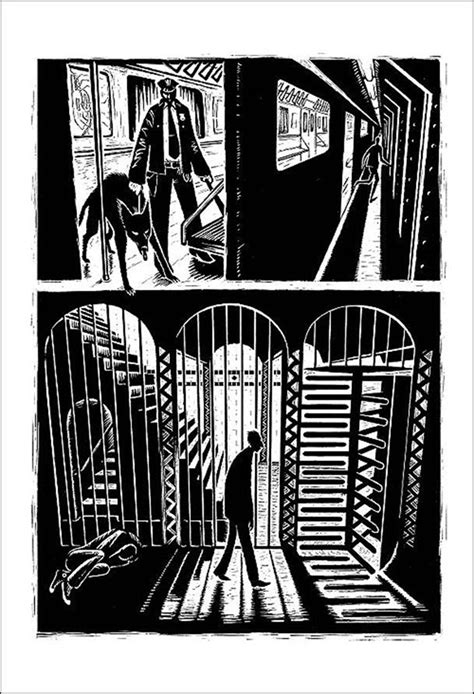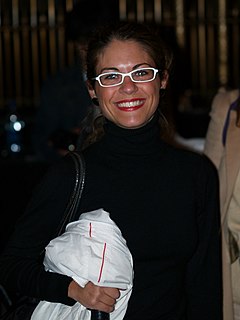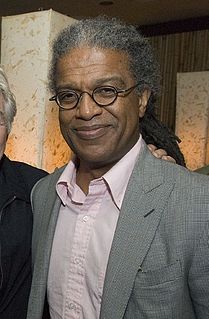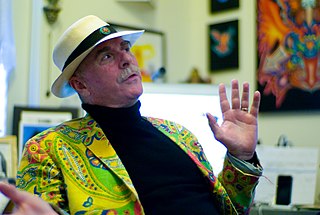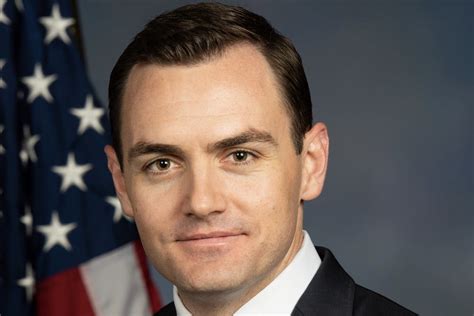A Quote by Jerry Saltz
Rumors sound of galleries asking artists for upsized art and more of it. I've heard of photographers asked to print larger to increase the wall power and salability of their work. Everything winds up set to maximum in order to feed the beast.
Related Quotes
Rumors sound of galleries asking artists for up-sized art and more of it... Everything winds up set to maximum in order to feed the beast. Bigness is not all bad. There's something pleasing about large, well-lit spaces. But the bigness has also led to a narrowing of sensibilities, by making it very hard for any but the glitziest works to get traction.
I believe your success is based off what your goals are. Are you trying to feed your family or have plaques on the wall and be broke? In that case, I think the game is in a better place. We have all heard of famous artists who are broke. Then we know of artists who may have had only a song or two on radio, but have a million or two dollars off that quick come up.
Fine-art photography is a very small world associated with galleries, museums, and university art programs. It's not like rock music; the products of this world have never been widely seen because the artists are often exploring things that are not already coded in general consciousness. It's not that photographers don't want to be famous, it's just that very few of the views from the edges of culture make the mainstream. Ansel Adams was an exception.
Two main groups like to drop the readymade bomb—galleries and art historians. Galleries love to drop the Duchamp brand because dealers can try to convince clients of an artist’s worth just by mentioning the mouthwatering response readymade. Most Art Historians aren’t interested in what artists are making in Bushwick studios, most of whom rarely wake up with Duchamp on the brain.
Fashion went from being much more rarefied to being more accessible. Now everything is changing in the art world, too: even the highest level of institutions are becoming more aware of the general public, like the McQueen exhibit at the Metropolitan or the Tim Burton at the MoMA or how the Gagosian does historic Picasso shows, bringing museum quality into a gallery. Galleries are becoming more like museums, and museums are becoming more accessible. In the next decade, I think it'll be blown open: there will be a lot of shifting around in terms of how artists approach their work.




